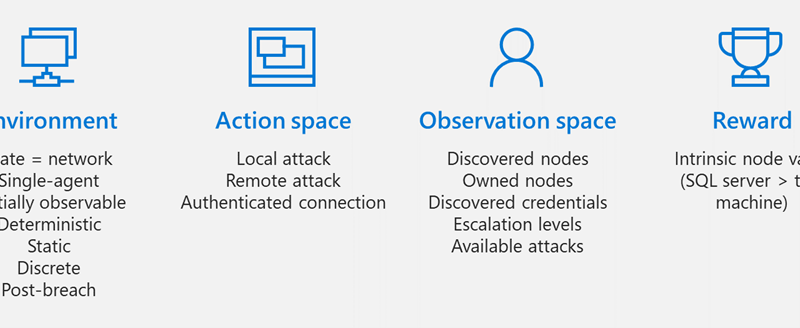8 hot networking technologies for 2023
Despite the challenges posed by economic turmoil, epidemics, and political upheaval, network researchers are continuing to blaze new trails in innovation, performance, management, and security. In sum, 2023 is shaping up as a year of network evolution and transformation.Here are eight network technologies you will want to pay particularly close attention to.1. Unified SASE: Addresses hybrid workforce, hybrid clouds
Unified Secure Access Service Edge (SASE) tightly integrates security and networking into a single platform. The technology uses a single-pass scanning architecture combined with a unified policy that’s configured via a unified console that draws from a unified data lake. “This is significant for organizations to continue to provide a consistent and assured user experience while protecting users, devices, sites, and data amid the rapidly evolving dynamics coming in 2023,” says Kelly Ahuja, CEO of networking and cybersecurity firm Versa Networks.To read this article in full, please click here READ MORE HERE…










